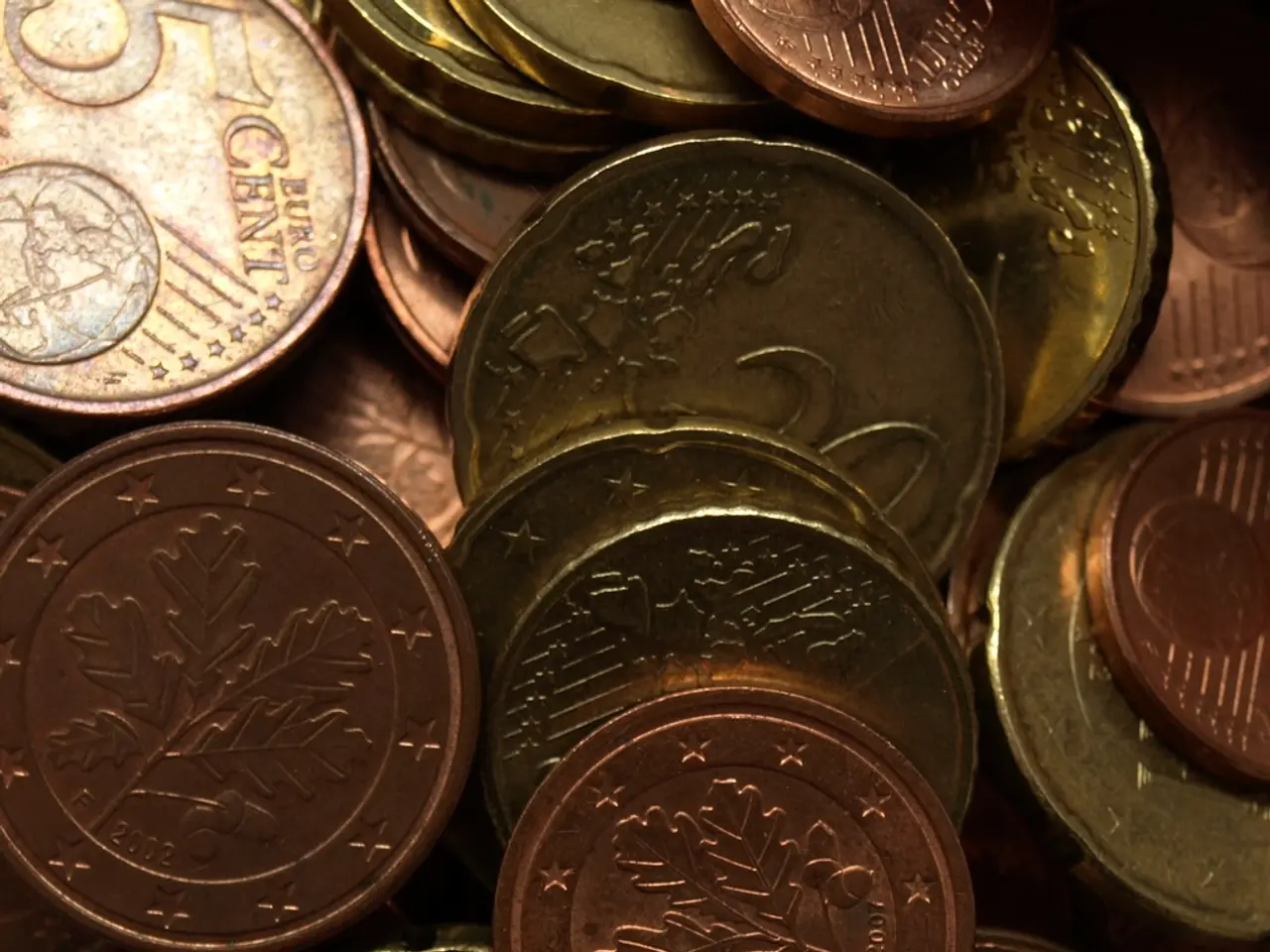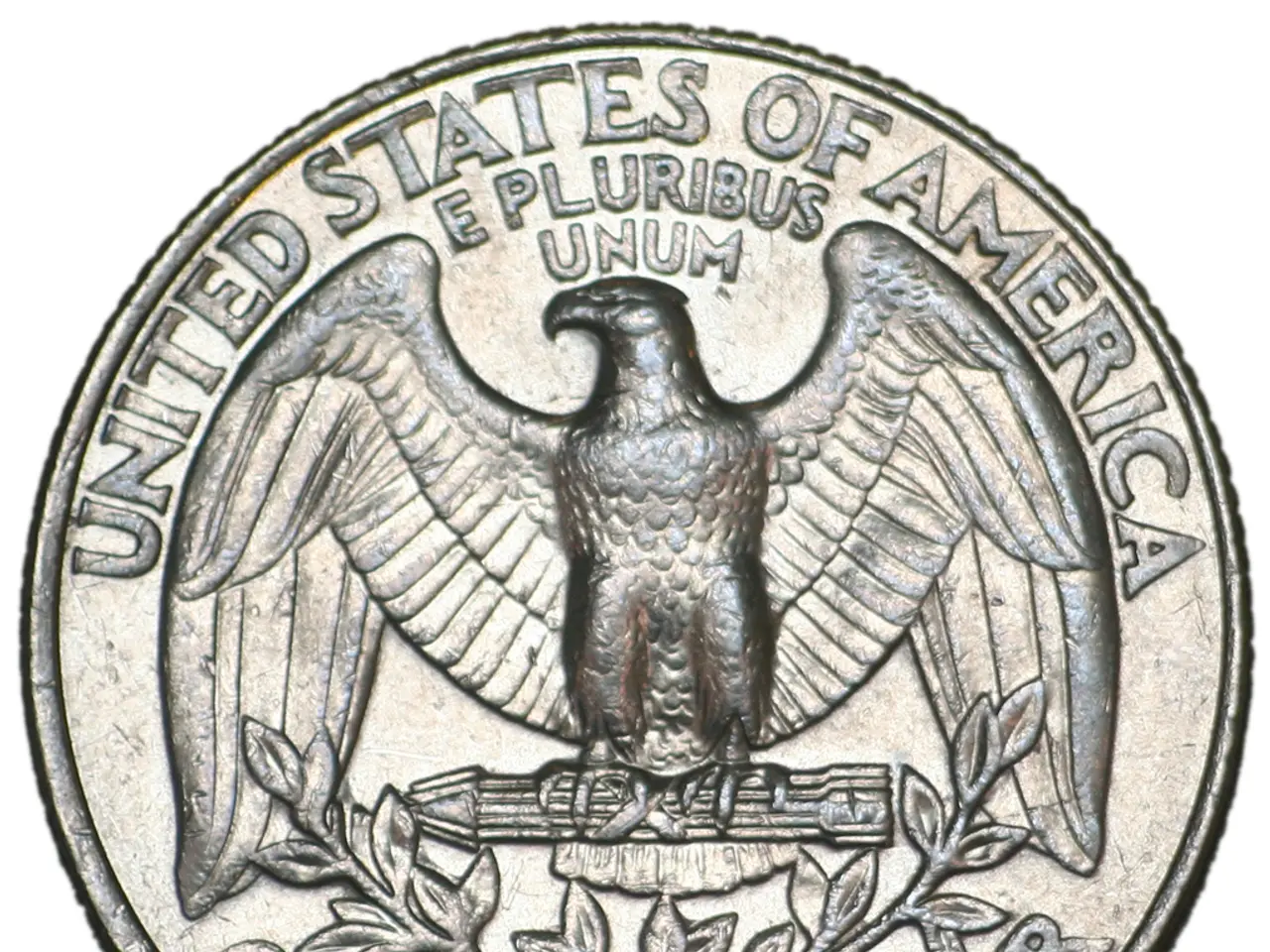Capital Market Innovation: Waves Made by Blue Bonds
In the ever-evolving world of finance, a new trend is emerging that promises to make a significant impact on the future of our oceans: Blue Bonds. These innovative financial instruments are designed to fund large-scale projects related to the blue environment, such as maritime transportation, marine renewable energy, and sustainable fisheries management.
According to the United Nations, the process of issuing a blue bond involves several key steps to ensure its effectiveness and transparency.
- Defining the Objectives: The issuer should clearly articulate the purpose of the blue bond, often focusing on marine conservation, sustainable fisheries, and ocean-related climate resilience projects.
- Developing a Sustainable Finance Framework: This framework outlines eligibility criteria for projects, management of proceeds, and reporting standards, ensuring alignment with internationally recognized principles.
- Establishing Governance and Management: A working group or treasury team is responsible for managing and tracking the use of the bond proceeds through internal systems.
- Stakeholder Engagement: Collaboration with development banks, technical coordinators, and financial institutions is crucial for designing, structuring, and marketing the bond effectively.
- Issuing the Blue Bond: The bond is structured, terms are set, and investors are sought, with clear communication of the environmental impact goals.
- Proceeds Allocation: All proceeds are allocated to eligible projects within a set timeframe, with any unallocated funds managed in liquid and low-risk instruments.
- Reporting and Impact Measurement: Regular public reporting on the allocation of proceeds and the environmental impact achieved is committed to, based on robust metrics and independent reviews.
These steps, based on experiences shared in recent blue bond issuances coordinated by the United Nations Development Programme and partners, have been instrumental in successful bond issuances, such as the $500 million Gabon blue bond.
The blue economy, expected to double in size to U.S.$3 trillion by 2030, is poised to become the eighth largest economy in the world, with an asset value estimated at US$24 trillion. Blue bonds are seen as an effective method of financing projects that provide economic, social, and environmental benefits to all stakeholders.
Another innovative financial instrument, debt-for-nature swaps, has been utilized by several countries to finance blue projects. In this structure, a developing country's external debt is forgiven or reduced in exchange for local environmental conservation measures.
The role of blue bonds in financing the sustainable blue economy is expected to grow significantly, according to the International Finance Corporation. They are increasingly seen as a way of addressing the underfunding of SDG 14 (life below water) and are expected to become an effective way for issuers and investors alike to contribute to solving climate change within the marine industry.
The first blue bond was issued in 2018, and issuances of blue bonds have increased in momentum significantly since then. As we navigate the challenges of climate change and the need for sustainable development, blue bonds offer a promising solution for a healthier, more sustainable ocean.
This article draws from various sources, including T. Rowe Price Sees Blue Bond Market Poised for Growth - Bloomberg, Bonds to Finance the Sustainable Blue Economy: A Practitioner's Guide - ICMA, Practical Guidance to Issue a Blue Bond - UN Global Compact, SDG14 Financing Landscape Scan: Tracking Funds to Realize Sustainable Outcomes for the Ocean - World Economic Forum, and Sustaining the Future of the Blue Economy - International Finance Corporation.
Senior Apprentice, Sienna Feshias also contributed to this article.
- The innovative financial instrument, Blue Bonds, are part of the growing field of environmental science, as they aim to fund projects that promote a healthier, more sustainable ocean, contributing to the solution of climate-change within the marine industry.
- In the world of business and finance, debt-for-nature swaps have been utilized by several countries to finance blue projects, which provide economic, social, and environmental benefits.
- As the blue economy is projected to double in size and become one of the largest economies in the world by 2030, investing in blue bonds can offer lucrative opportunities for business and finance, as these financial instruments provide funding for projects that address climate-change and alternative energy solutions in the marine environment.




